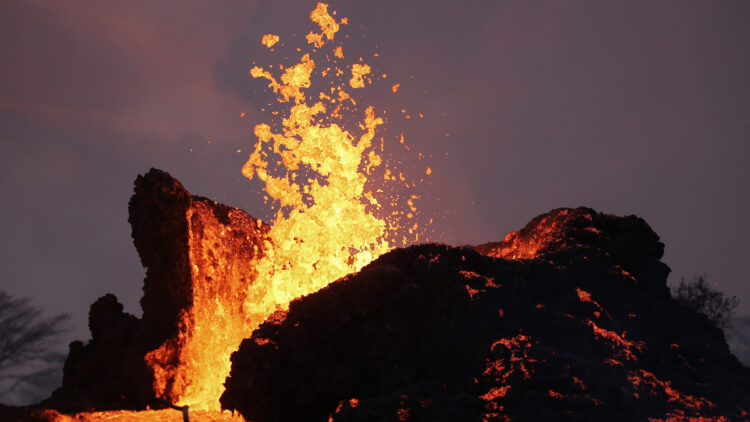The recent eruption of Kilauea volcano on the Big Island of Hawaii has generated both excitement and concern among residents and visitors alike. Erupting in the early hours of December 23, the activity within Halemaʻumaʻu crater seemed to stabilize after an initially intense start, indicating that considerable geological processes continue to unfold beneath the surface.
As such, this sudden halt in eruptive activity raises questions—along with worries—about the volcano’s future behavior and the potential implications on Hawaii’s surrounding environment.
Kilauea: A brief history of an extremely active volcano
Kilauea is renowned as one of the world’s most active volcanoes, with a history of eruptions that have profoundly shaped the Hawaiian landscape and impacted local communities.
Since 1983, advancing lava flows have destroyed numerous homes and dramatically altered the terrain. The most recent eruptions have continued this trend, raising concerns about the long-term consequences for the island state’s infrastructure and environs.
Notably, the last eruption occurred near and within Nāpau Crater, which is situated in a remote and uninhabited part of the volcano’s middle east rift, between September 15 and September 20, 2024.
December eruption: What happened and its geological significance
Kilauea began erupting at approximately 2:20 a.m. on December 23, 2024, within the restricted area of Hawaii Volcanoes National Park. Initially, lava fountains reached heights of up to 262 feet, covering around 400 acres of the caldera floor.
However, between 3 p.m. and 4 p.m. that same day, the eruption experienced a dramatic slowdown, with lava fountains becoming barely visible and seismic tremors approaching background levels. By the following morning, the Hawaiian Volcano Observatory (HVO) reported that the eruption appeared paused, and its status was downgraded from “Warning” to “Watch.”
Despite the current pause, the inflation observed at the summit indicates that Kilauea could resume eruptive activity in the near future. Initial stages of previous eruptions typically taper off over time—the eruption reflects this pattern, as it shifted from an explosive start to a state of dormancy within hours.
Nonetheless, any resurgence of volcanic activity could have huge consequences for the local ecosystem.
What can be done to address environmental and health concerns?
One of the primary concerns linked to Kilauea’s eruption is the release of volcanic gases, including sulfur dioxide (SO2), carbon dioxide, and water vapor. These gases contribute to the formation of “vog” (volcanic smog), which can severely impact air quality in downwind communities.
At the onset of the eruption, SO2 emissions were estimated to exceed 100,000 tonnes per day, though these dropped significantly as the eruption waned.
Residents and visitors in areas vog-affected are advised to take precautions, particularly those with pre-existing respiratory conditions. The presence of volcanic glass particles poses additional risks, leading to skin and eye irritation.
The HVO says that it’s committed to ongoing surveillance of Kilauea, maintaining close communication with Hawaii Volcanoes National Park and local civil defense organizations. Live webcam feeds and regular updates offer vital information for both scientists and the public. The park, which draws over a million visitors each year, remains closed to the public in areas surrounding the active volcanic site due to the dangers posed by unstable terrain and high gas emissions.
Although Kilauea’s recent eruption may have stopped, the underlying geological processes remain active, hinting at potential future eruptions. The current state serves as a reminder of the dynamic nature of the volcano and the necessity of continuous monitoring. As scientists keep a close eye on Kilauea, both locals and visitors to Hawaii are encouraged to stay informed and heed safety warnings, guaranteeing a safe experience in this extraordinary, yet unpredictable, natural setting.

